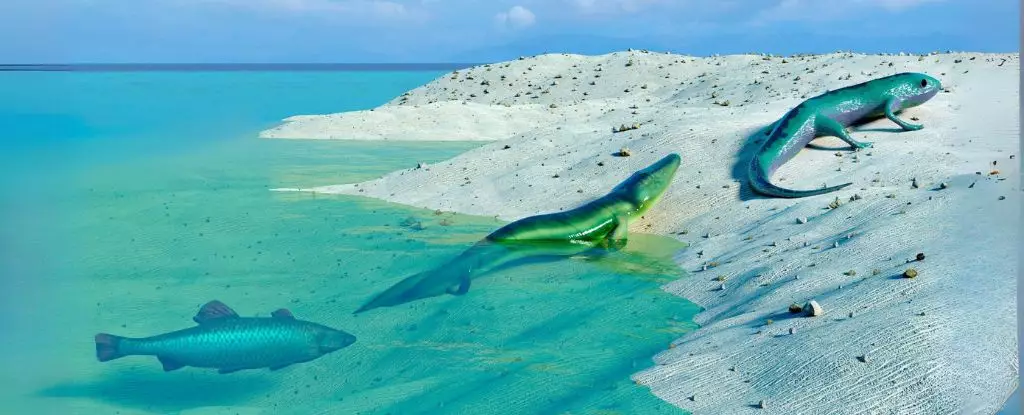In the realm of evolutionary biology, the traditional view posits that species adapt over generations to survive environmental changes. However, a groundbreaking hypothesis suggests that the mechanisms driving evolution could themselves be experiencing evolutionary changes in response to environmental pressures. This notion introduces a fascinating layer to our understanding of evolution, proposing that not only do living organisms exhibit adaptability but the very processes that enable this adaptability may also evolve.
The implications of such a theory are profound and challenge long-held paradigms in evolutionary biology. Researchers, particularly those led by University of Michigan evolutionary biologist Bhaskar Kumawat, are beginning to explore these ideas through innovative computer simulations. By employing self-replicating programs that mimic the processes of evolution, these studies invite us to reconsider how organisms might deal with fluctuating environments.
Kumawat and his team utilized digital environments to conduct their experiments, allowing these virtual organisms to encounter unique challenges and opportunities. The simulations involved two distinct components: one that rewards certain behaviors and another that introduces toxicity. By varying the rate at which these components changed—be it rapid, intermediate, or slow—the researchers aimed to observe how these alterations influenced the organisms’ ability to adapt.
One of the most significant findings from these simulations is the emergence of two primary mechanisms that contribute to what the researchers describe as “evolvability.” The first mechanism pertains to changes in the population’s mutation rate. Generally, in a stable ecosystem, lower mutation rates are favored to mitigate the risks associated with negative mutations. Yet, these simulations revealed an intriguing pattern: when environments shifted at an intermediate rate, populations exhibited higher mutation rates. This suggests that a balanced mixture of stability and challenge may promote adaptability by driving mutations that accelerate the process of evolution.
The findings indicate that the relationship between mutation rates and environmental stability is far from straightforward. When environments change too rapidly, organisms encounter heightened risks, resulting in reduced mutation rates. Interestingly, virtual organisms that experienced fluctuations between stability and change were able to achieve remarkably high mutation rates—up to a thousandfold increases—suggesting that an environment that oscillates between familiar and novel conditions could enhance adaptability over generations.
Another essential insight from the study is that the landscape of mutations seems to facilitate not only adaptation but also a form of historical awareness among populations. This allows them to revert to favorable traits suited for previous environmental states, such as switching between dry and humid conditions. According to evolutionary biologist Luis Zaman, the ability of populations to occupy a “mutational neighborhood” ensures that a single mutation might lead to adaptive changes, enhancing their evolutionary flexibility.
Moreover, these increases in evolvability appear to be persistent. Even after subsequent mutations, the adaptations cultivated within these environments remain, potentially contributing additional complexity to the evolutionary process over time. While the current study primarily models single-celled, asexual organisms, the researchers hypothesize that the principles observed could extend to more complex multicellular life forms.
The proposition that evolution itself may evolve remains a contentious idea within the scientific community. However, burgeoning evidence from bacterial studies suggests that the mechanisms underlying this phenomenon could have profound implications for our understanding of life’s resilience and adaptability. As Zaman posits, “Life is incredibly adept at solving problems,” prompting the question: What drives the creativity and ingenuity of evolutionary processes?
The concept of evolving evolution adds a new dimension to the discourse in evolutionary biology, inviting us to rethink the mechanisms at play in life’s adaptive processes. These findings underscore the dynamic interplay between organisms and their environments, highlighting the potential for evolution to not just react but also evolve in response to environmental pressures. As researchers continue to explore this intriguing frontier, our understanding of the complexities and capacities of life will undoubtedly expand, reshaping the very foundations of evolutionary theory.


Leave a Reply